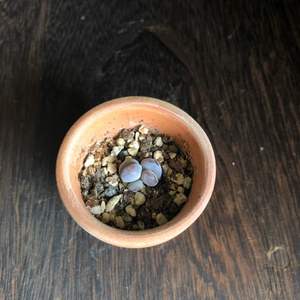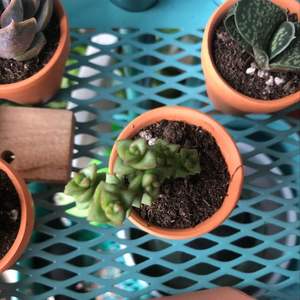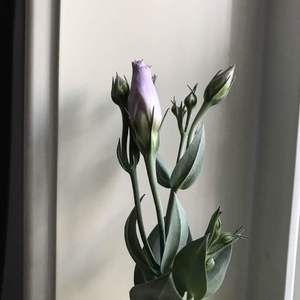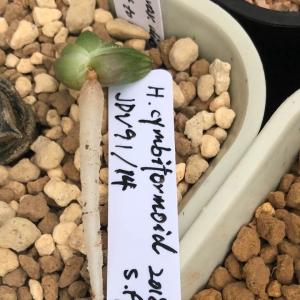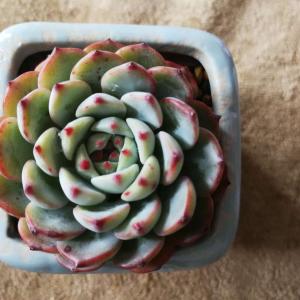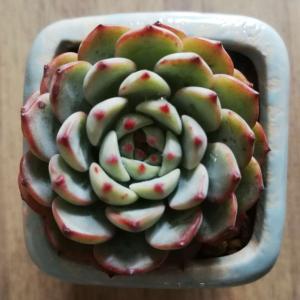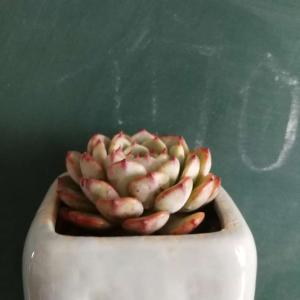文章
Miss Chen
2018年07月19日

Radishes are one of the first vegetables ready for harvest in the spring. Most varieties have a maturity date of approximately 25 days from planting, and you can sow the seeds every 10 to 14 days until the weather turns hot. Radishes are also planted in mid-summer for a fall crop. Winter storage radishes grow larger and do not mature until 50 to 70 days after planting. Edible pod radishes are grown for their seedpods, which mature in 50 days. Growing conditions affect the final maturity date, so consider the harvest dates printed on seed packets to be estimates.
Small Radishes

When you plant the seeds, record the expected maturity date.
Record the expected maturity date for each radish variety the day you plant the seeds. Use a waterproof marker to write the date on a plastic row label or jot it in a notebook.
picking vegetables
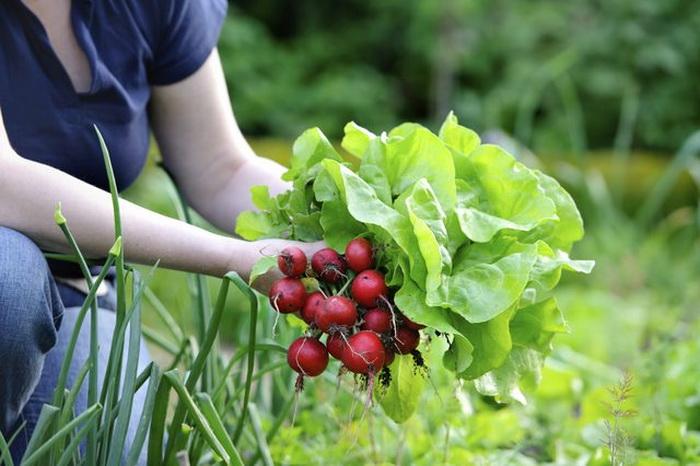
Check the radishes five to seven days before the maturity date by pulling one from the ground. Harvest the sample radish by grasping the bottom of the foliage near the soil and firmly pulling upward. If the radish is 1/2 to 1 inch across, the crop is ready to harvest.
Fresh radish from ground
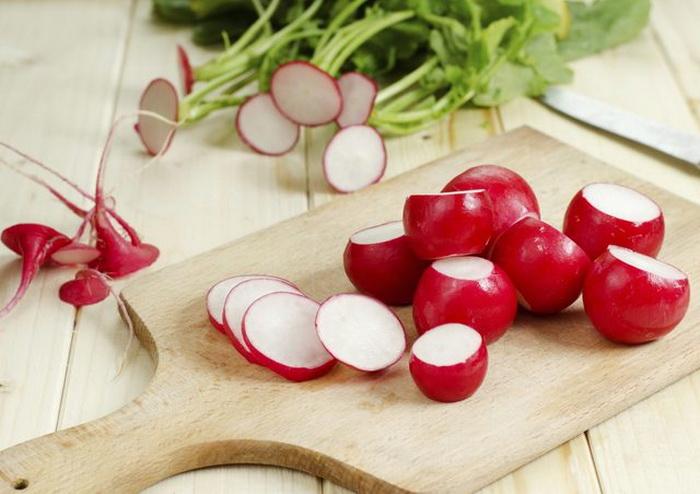
Remove the leaves with garden snips, wash the radishes and place them in plastic bags. They will keep for two to four weeks in the refrigerator.
Winter Radishes
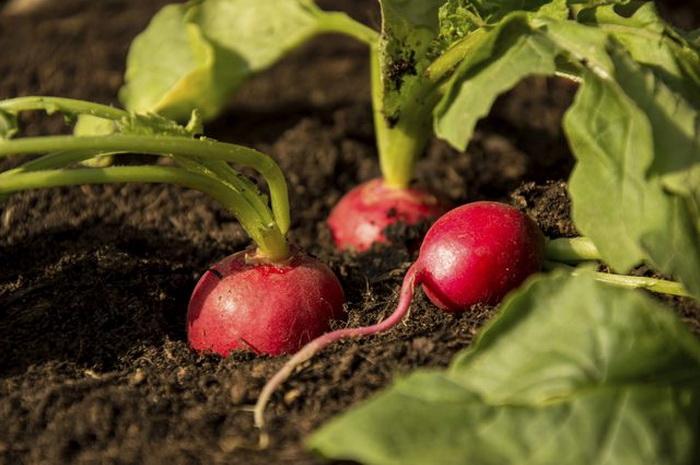
Harvest winter radishes any time after the expected harvest date. You may leave them in the ground until two weeks before the first frost date in the fall.
picking vegetables
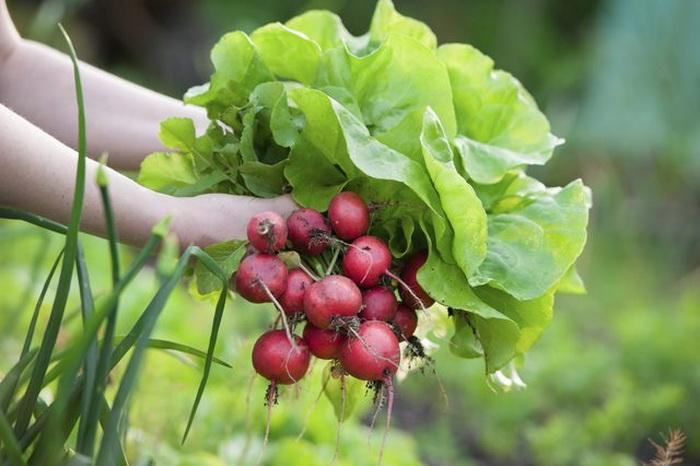
Pick winter radishes by grasping the foliage near the soil and pulling upward.
food refrigerator

Store the radishes where they will remain cool and moist, for up to two months.
Edible Pod Radishes

Check the plants every two to three days after the blossoms appear. The pods resemble green beans, with the lower pods ripening first.
Fresh Salad

Harvest the pods when they are the thickness of a pencil for peak flavor. Pick a rat-tail radish by grasping the small stem at one end of the pod and bending it to the side until it snaps it off where the stem attaches to the branch.
"Russian traditional Okroshka, summer soup"

Use edible pod radishes soon after picking them or store them in a plastic bag in the refrigerator for up to one week.
Small Radishes

When you plant the seeds, record the expected maturity date.
Record the expected maturity date for each radish variety the day you plant the seeds. Use a waterproof marker to write the date on a plastic row label or jot it in a notebook.
picking vegetables

Check the radishes five to seven days before the maturity date by pulling one from the ground. Harvest the sample radish by grasping the bottom of the foliage near the soil and firmly pulling upward. If the radish is 1/2 to 1 inch across, the crop is ready to harvest.
Fresh radish from ground

Remove the leaves with garden snips, wash the radishes and place them in plastic bags. They will keep for two to four weeks in the refrigerator.
Winter Radishes

Harvest winter radishes any time after the expected harvest date. You may leave them in the ground until two weeks before the first frost date in the fall.
picking vegetables

Pick winter radishes by grasping the foliage near the soil and pulling upward.
food refrigerator

Store the radishes where they will remain cool and moist, for up to two months.
Edible Pod Radishes

Check the plants every two to three days after the blossoms appear. The pods resemble green beans, with the lower pods ripening first.
Fresh Salad

Harvest the pods when they are the thickness of a pencil for peak flavor. Pick a rat-tail radish by grasping the small stem at one end of the pod and bending it to the side until it snaps it off where the stem attaches to the branch.
"Russian traditional Okroshka, summer soup"

Use edible pod radishes soon after picking them or store them in a plastic bag in the refrigerator for up to one week.
0
0
求助
胡小林
2018年06月13日

5月18日到6月14日的变化。是否在徒长?该怎么调整?请行家指点!
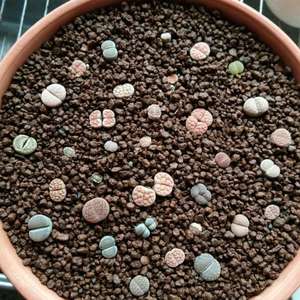
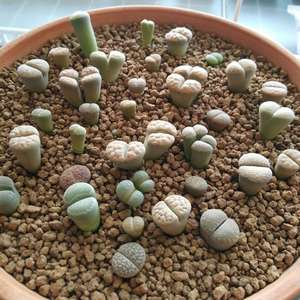


0
0
胡小林:@Fion:光照时长不足,加补光灯吧。谢谢你的指点!
Fion:徒了,减少浇水,拉长浇水间隔,保持每天至少3小时日照。只能不让继续徒,没办法变回原来的样子的啊,这是个人经验,你可以尝试看看
文章
Miss Chen
2018年06月05日

Description: This perennial wildflower is 6-14" tall, producing both basal and cauline leaves. The blades of both basal and cauline leaves are up to 4" long and 2½" across; they are medium to dark green, cordate or oval-cordate, palmately veined, and slightly crenate along their margins. The upper surfaces of the blades are hairless. For the typical variety of Canada Violet, the lower surfaces of the blades are largely hairless, except for fine hairs along the major veins. For var. rugulosa, these lower surfaces are more hairy. Basal leaves have longer petioles than cauline leaves. The flowering plants produce stems with alternate leaves. These stems are light green, somewhat angular, and sometimes finely pubescent. At the base of the petioles of each alternate leaf, there is a pair of linear-lanceolate stipules up to 1/3" (8 mm.) long; these stipules lack teeth.
Individual flowers are produced from the axils of the alternate leaves. The slender pedicels raise the flowers only a little above the foliage. Each flower is ½–¾" across, consisting of 5 white petals, 5 light green sepals, and a short nectar spur; the petals are much larger than the sepals. The reproductive organs are largely hidden within the throat of the flower. The lower petal has dark purple veins, while the two lateral petals have such veins to a lesser extent. The two lateral petals also have small tufts of hairs near the throat of the flower, where there is a conspicuous yellow patch. The back sides of the petals are light purple. The blooming period occurs from mid-spring to early summer and sometimes during the fall. Usually, only a few flowers are in bloom at the same time. Later in the summer, inconspicuous cleistogamous flowers are produced, which are self-fertile. Each fertile flower is replaced by an ovoid seed capsule up to ½" long. This capsule is initially green, but it later turns brown and divides into 3 segments, flinging the seeds. The root system is fibrous and either rhizomatous or stoloniferous. Colonies of plants are often produced.

Cultivation: This violet prefers dappled sunlight to light shade during the spring, but tolerates greater shade during the summer. Other cultural requirements include more or less mesic conditions, a rich soil containing loam and decaying organic matter, and cool summer temperatures.
Range & Habitat: Canada Violet is a rare wildflower that is restricted to the northern two tiers of counties in Illinois (see Distribution Map). It is state-listed as "endangered." It is native to the driftless area of NW Illinois, while populations in NE Illinois may be descendants of plants that have escaped cultivation. Habitats include mesic deciduous woodlands and bluffs. Canada Violet is normally found in high quality woodlands, although escaped cultivated plants are likely to appear in more disturbed areas.
Faunal Associations: The nectar and pollen of the flowers attract primarily bees, including bumblebees, Little Carpenter bees (Ceratina spp.), digger bees (Synhalonia spp.), Mason bees (Osmia spp.), and Andrenid bees. The Andrenid bee, Andrena violae, is an oligolectic visitor of violet flowers. Other floral visitors include bee flies and occasional skippers and butterflies. These latter insects seek nectar. The larvae of many moths and butterflies feed on the foliage of violets (see Lepidoptera Table). These larvae often hide during the day, but come out at night to feed. Other insects that feed on violets include Neotoxoptera violae (Violet Aphid), the larvae of Ametastegia pallipes (Violet Sawfly), and Odontothrips pictipennis (Thrips sp.). Among vertebrate animals, the Ruffed Grouse and Wild Turkey eat the seeds and fleshy roots. Other animals that occasionally feed on violets in wooded areas include the White-Tailed Deer (foliage), Eastern Chipmunk (stems & leaves), White-Footed Mouse (seeds), and Wood Turtle (Clemmys insculpta). However, the importance of violets as a food source to vertebrate animals is relatively low.
Photographic Location: Bob Vaiden's wildflower garden in Urbana, Illinois.

Comments: Canada Violet is somewhat similar in appearance to Viola striata (Cream Violet). It differs from the latter by the yellow patch at the throat of its flowers, petals with pale purple backsides, and toothless stipules. Other white-flowered violets in the Midwest are stemless; they produce both flowers and leaves from the crown of the root system. The leaves of Canada Violet have tips that are more slender and elongated than those of most other violets, regardless of the color of their flowers. Both the flowers and foliage are attractive.
Individual flowers are produced from the axils of the alternate leaves. The slender pedicels raise the flowers only a little above the foliage. Each flower is ½–¾" across, consisting of 5 white petals, 5 light green sepals, and a short nectar spur; the petals are much larger than the sepals. The reproductive organs are largely hidden within the throat of the flower. The lower petal has dark purple veins, while the two lateral petals have such veins to a lesser extent. The two lateral petals also have small tufts of hairs near the throat of the flower, where there is a conspicuous yellow patch. The back sides of the petals are light purple. The blooming period occurs from mid-spring to early summer and sometimes during the fall. Usually, only a few flowers are in bloom at the same time. Later in the summer, inconspicuous cleistogamous flowers are produced, which are self-fertile. Each fertile flower is replaced by an ovoid seed capsule up to ½" long. This capsule is initially green, but it later turns brown and divides into 3 segments, flinging the seeds. The root system is fibrous and either rhizomatous or stoloniferous. Colonies of plants are often produced.

Cultivation: This violet prefers dappled sunlight to light shade during the spring, but tolerates greater shade during the summer. Other cultural requirements include more or less mesic conditions, a rich soil containing loam and decaying organic matter, and cool summer temperatures.
Range & Habitat: Canada Violet is a rare wildflower that is restricted to the northern two tiers of counties in Illinois (see Distribution Map). It is state-listed as "endangered." It is native to the driftless area of NW Illinois, while populations in NE Illinois may be descendants of plants that have escaped cultivation. Habitats include mesic deciduous woodlands and bluffs. Canada Violet is normally found in high quality woodlands, although escaped cultivated plants are likely to appear in more disturbed areas.
Faunal Associations: The nectar and pollen of the flowers attract primarily bees, including bumblebees, Little Carpenter bees (Ceratina spp.), digger bees (Synhalonia spp.), Mason bees (Osmia spp.), and Andrenid bees. The Andrenid bee, Andrena violae, is an oligolectic visitor of violet flowers. Other floral visitors include bee flies and occasional skippers and butterflies. These latter insects seek nectar. The larvae of many moths and butterflies feed on the foliage of violets (see Lepidoptera Table). These larvae often hide during the day, but come out at night to feed. Other insects that feed on violets include Neotoxoptera violae (Violet Aphid), the larvae of Ametastegia pallipes (Violet Sawfly), and Odontothrips pictipennis (Thrips sp.). Among vertebrate animals, the Ruffed Grouse and Wild Turkey eat the seeds and fleshy roots. Other animals that occasionally feed on violets in wooded areas include the White-Tailed Deer (foliage), Eastern Chipmunk (stems & leaves), White-Footed Mouse (seeds), and Wood Turtle (Clemmys insculpta). However, the importance of violets as a food source to vertebrate animals is relatively low.
Photographic Location: Bob Vaiden's wildflower garden in Urbana, Illinois.

Comments: Canada Violet is somewhat similar in appearance to Viola striata (Cream Violet). It differs from the latter by the yellow patch at the throat of its flowers, petals with pale purple backsides, and toothless stipules. Other white-flowered violets in the Midwest are stemless; they produce both flowers and leaves from the crown of the root system. The leaves of Canada Violet have tips that are more slender and elongated than those of most other violets, regardless of the color of their flowers. Both the flowers and foliage are attractive.
0
0


